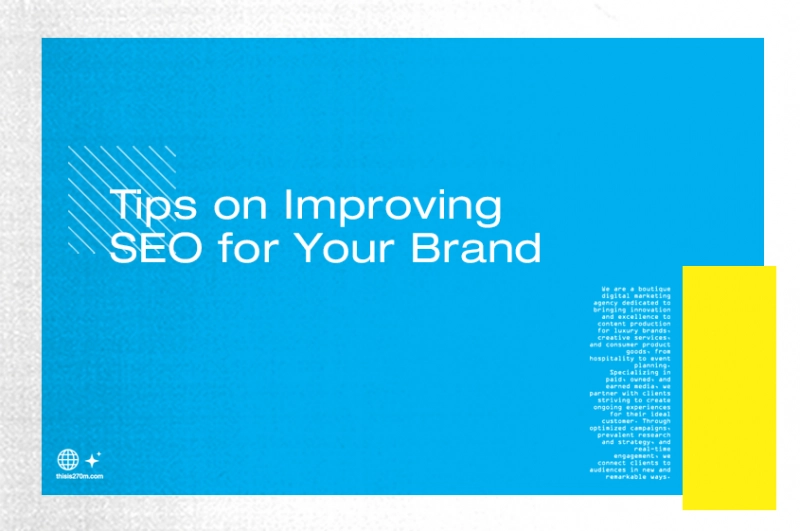Search Engine Marketing (SEM) vs. Search Engine Optimization (SEO): Finding the Right Balance
In the realm of digital marketing, the battle between Search Engine Marketing (SEM) and Search Engine Optimization (SEO) has been ongoing for years. Both strategies are incredibly valuable for businesses looking to boost their online visibility and attract potential customers. However, the key to a successful online presence often lies in finding the right balance between SEM and SEO. Explore these two essential digital marketing approaches, their differences, and how to strike the perfect equilibrium for your strategies.
Understanding SEM and SEO
Before we delve into the balance between Search Engine Marketing and Search Engine Optimization, let’s clarify what each of these strategies entails.
SEM primarily involves paid advertising to appear at the top of search engine results pages (SERPs). Google Ads is the most well-known SEM platform, where businesses bid on keywords to display their ads to relevant users. SEM delivers immediate visibility but comes at a cost per click.
SEO, on the other hand, is the process of optimizing your website and content to improve organic (unpaid) search engine rankings. This involves on-page SEO (optimizing content, meta tags, and headers), off-page SEO (building high-quality backlinks), and technical SEO (improving site speed and mobile-friendliness). SEO is a long-term strategy that requires ongoing efforts but offers sustainable, free traffic.
Read Also: Optimizing Social Media for 2024: Strategies and Best Practices
Benefits of SEM
1. Immediate Results: SEM delivers quick results, making it ideal for time-sensitive promotions or product launches.
2. Targeted Advertising: SEM allows precise targeting based on keywords, demographics, location, and more.
3. Measurable ROI: You can track every click and conversion, enabling accurate ROI measurement.
Benefits of SEO
1. Sustainable Traffic: SEO efforts can yield long-lasting results, providing a steady stream of organic traffic over time.
2. Cost-Effective: Once established, organic traffic doesn’t incur per-click costs, making SEO cost-effective in the long run.
3. Trust and Credibility: High organic rankings convey trust and authority, boosting your brand’s credibility.
Finding the Right Balance
The key to digital marketing success lies in finding the right balance between SEM and SEO. Here’s how to strike that equilibrium:
1. Set Clear Objectives
Determine your short-term and long-term goals. If you need immediate visibility and conversions, allocate resources to SEM. For long-term growth, invest in SEO.
2. Budget Allocation
Balance your budget between SEM and SEO. The allocation depends on your objectives, industry competition, and available resources.
3. Keyword Strategy
Use SEM for high-intent, high-conversion keywords, and SEO for broader, informative keywords. This ensures you cover all aspects of the customer journey.
4. Complementary Content
Create content that complements both SEM and SEO efforts. Use paid ads to promote new content quickly, and let SEO work its magic over time.
5. Consistent Monitoring
Regularly analyze data and adjust your strategy. Allocate more resources to the approach delivering the best results at any given time.
SEM and SEO are powerful digital marketing tools, and choosing between them isn’t a matter of one being better than the other. Instead, it’s about finding the right balance that aligns with your business goals and resources. By integrating both SEM and SEO into your marketing strategy, you can harness the advantages of immediate visibility and long-term sustainability, ensuring a well-rounded and successful online presence.

